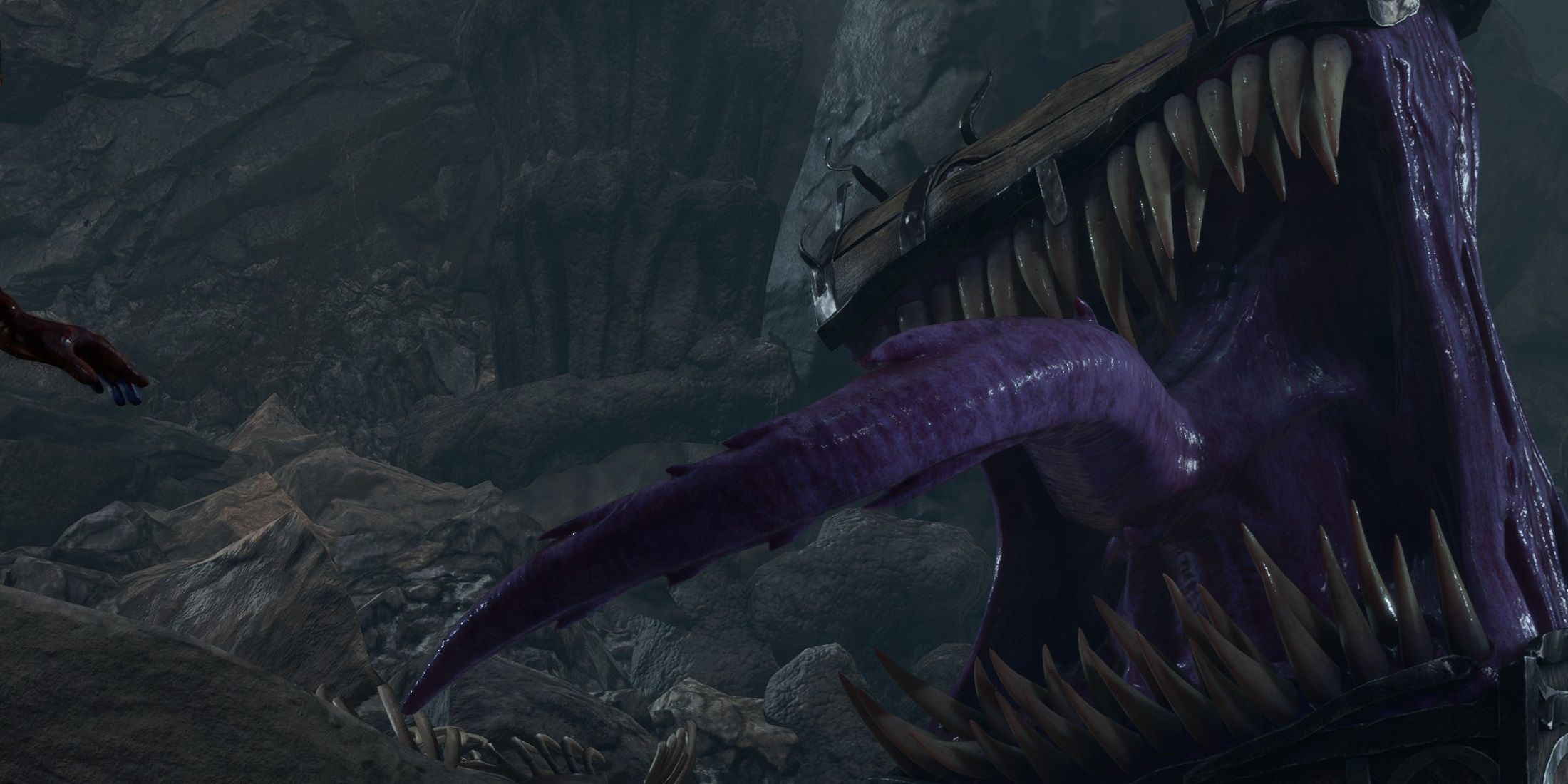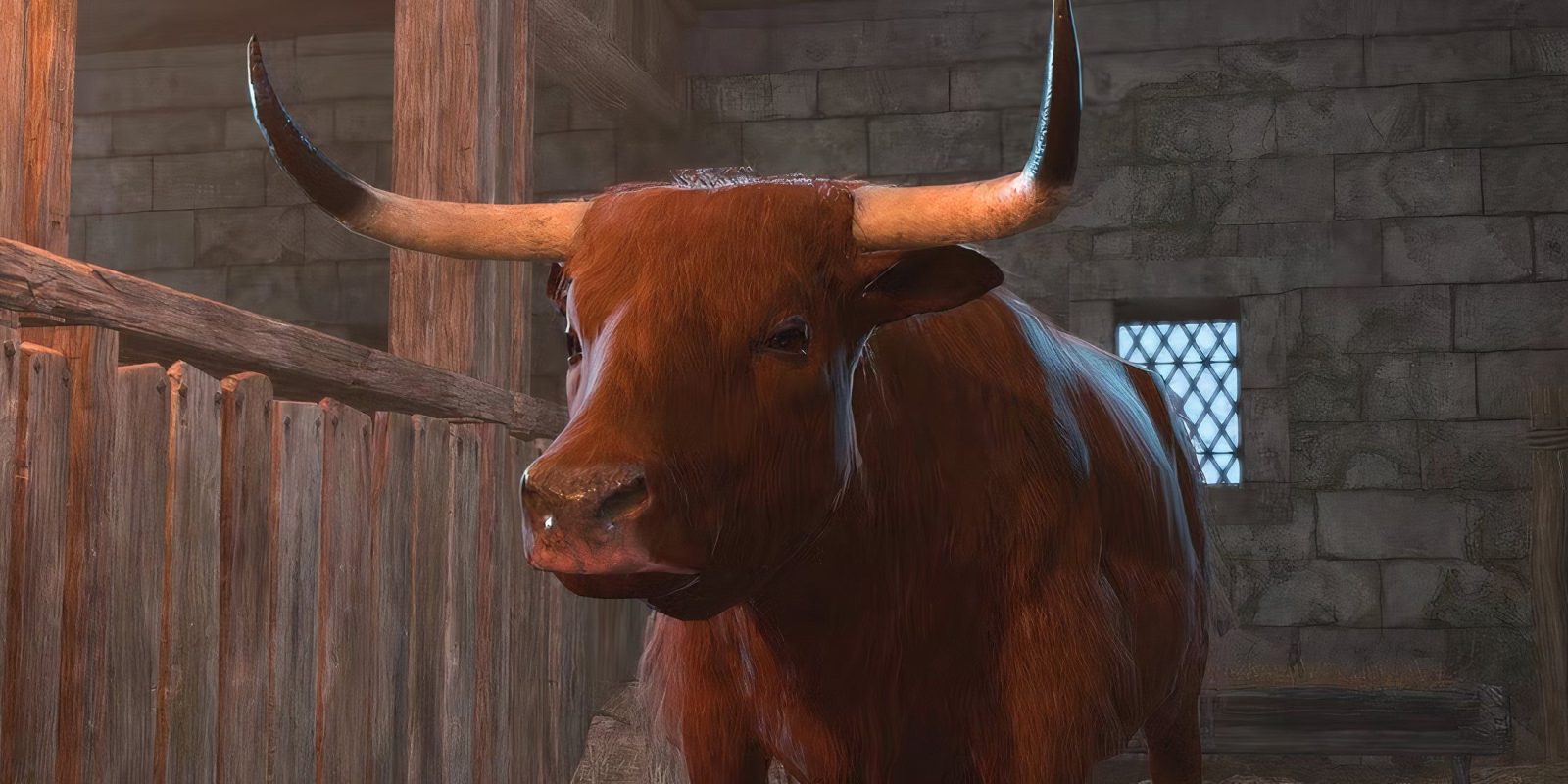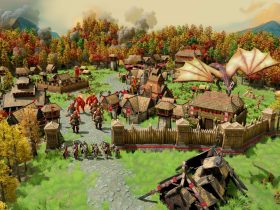Baldur’s Gate 3 is the most recent Dungeons & Dragons adaptation and arguably its most successful. The astounding CRPG won Game of the Year at last year’s Game Awards, and its modding capabilities allow for seemingly endless replayability, and one could argue that it’s possible to apply Baldur’s Gate 3’s tactics to D&D.
It’s no secret Larian Studios’ creativity works deeply in favor of its world-building and familiar aspects of the tabletop game. D&D is notoriously immersive, and that feature can be hard to replicate in any video game. The Strange Ox, however, is one example of what BG3 does exactly right.

Related
Baldur’s Gate 3’s Approach to Treasure is a Great Lesson for D&D DMs
Baldur’s Gate 3 has a great deal of loot and many ways for players to find it, some of which could inspire those running D&D.
Baldur’s Gate 3 Conveys Strong Lessons to Dungeon Masters
BG3 Goes Above and Beyond with Interactive Features
Immersion and interaction go hand in hand. To make a game feel alive, or to pull players into it, it needs to directly affect them. Assuming players don’t kill the Strange Ox immediately, it shines in its consistent interaction, especially considering it appears in all three acts while remaining a largely inconsequential side quest. In fact, not all players may even pick up on this quest.
Players meet the Strange Ox in BG3 early in the Emerald Grove, inconspicuously sitting next to the other oxen. Most players likely don’t interact with animals as thoroughly as other NPCs. Further, the initial meeting of the Strange Ox doesn’t go beyond noting its peculiarity unless a player can speak with animals (via potion or spell). This rewards players who pursue total investigation. It’s not unusual for D&D Dungeon Masters to see how little things, even if improvised in one session, can be built into something huge.
Its presence in all three acts allows the players’ relationship with the Strange Ox to change throughout the game, as they learn more with each meeting and even come to help it enter Baldur’s Gate. It’s a recurring character with its own story, but at the end of its journey, the party either gets a memorable fight or a powerful ally in the final fight against the Absolute. In other words, regular interaction pays off, and from a DM’s standpoint, it wouldn’t require a whole load of extra work.
The Devil’s in the Details—and it’s not Raphael
What Baldur’s Gate 3 does right is fundamentally its attention to detail, which is hard to nail in a tabletop game. These are things that fiercely enhance world-building, which is another necessary piece to making players feel like they’re a part of something bigger than themselves. The Strange Ox is obscure and largely unimportant, but so many parts of it call to Forgotten Realms’ Faerun as a whole.
The Strange Ox is an interesting creature. Players learn later that it’s actually quite a unique monster in BG3. But its characterization alone establishes it as complex and intelligent, and it possesses its own motives. It’s humorously dismissive of player characters and shown to be aggressive through bloody visions. It raises questions regarding what it is, the reason why it needs to go to Baldur’s Gate so badly, where it comes from, and what it may have seen. And more than anything else, these questions aren’t really answered.
Aside from the implications of its existence, this unexplored lore would suit a D&D game perfectly. With a longer story, more flexible roleplay, and existing player investment, these unexplored pieces could be fleshed out and shown later. In other words, Baldur’s Gate 3 could’ve given the Strange Ox a whole side quest in Act 3 if it wanted. DMs, on the other hand, have the power of active storytelling.
At the end of the day, BG3 succeeds in its trivial details—the things that make Faerun an interactive, living setting. Having such a world can be half the joy of D&D in the first place, where players become someone else. The Strange Ox, a tasty little secret that runs the course of Baldur’s Gate 3, is one of the best lessons for DMs in keeping players invested in a vibrant world and unforgettable game.













Leave a Reply